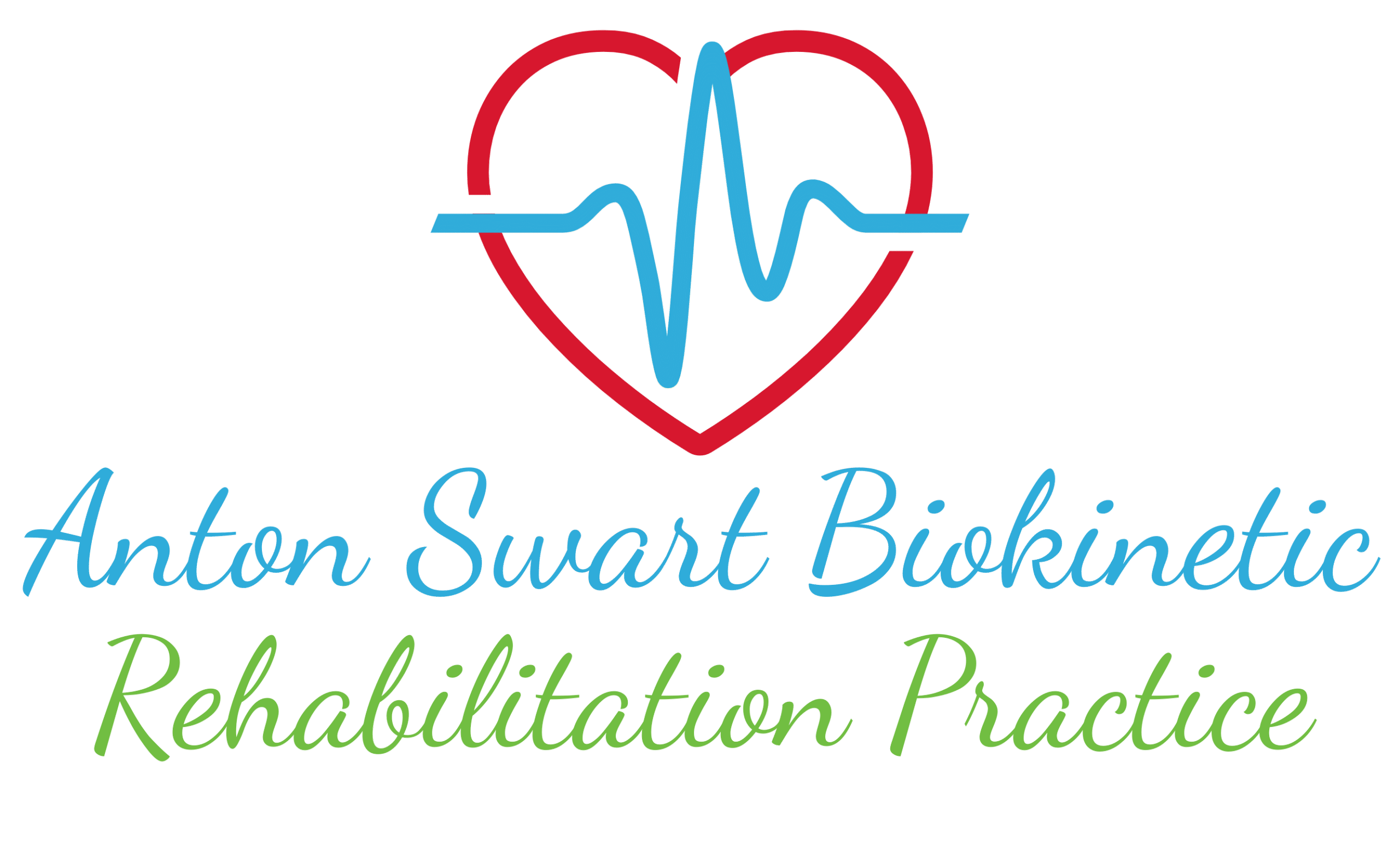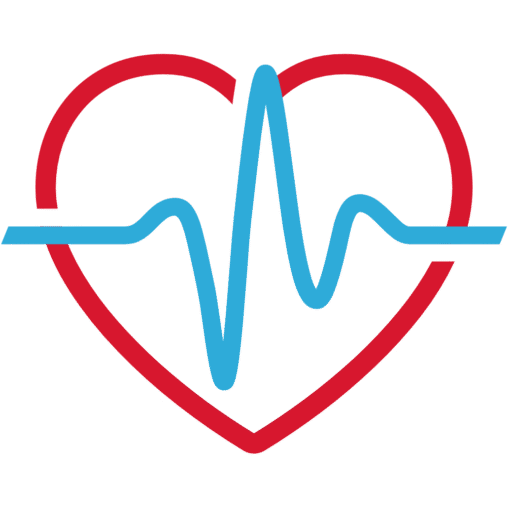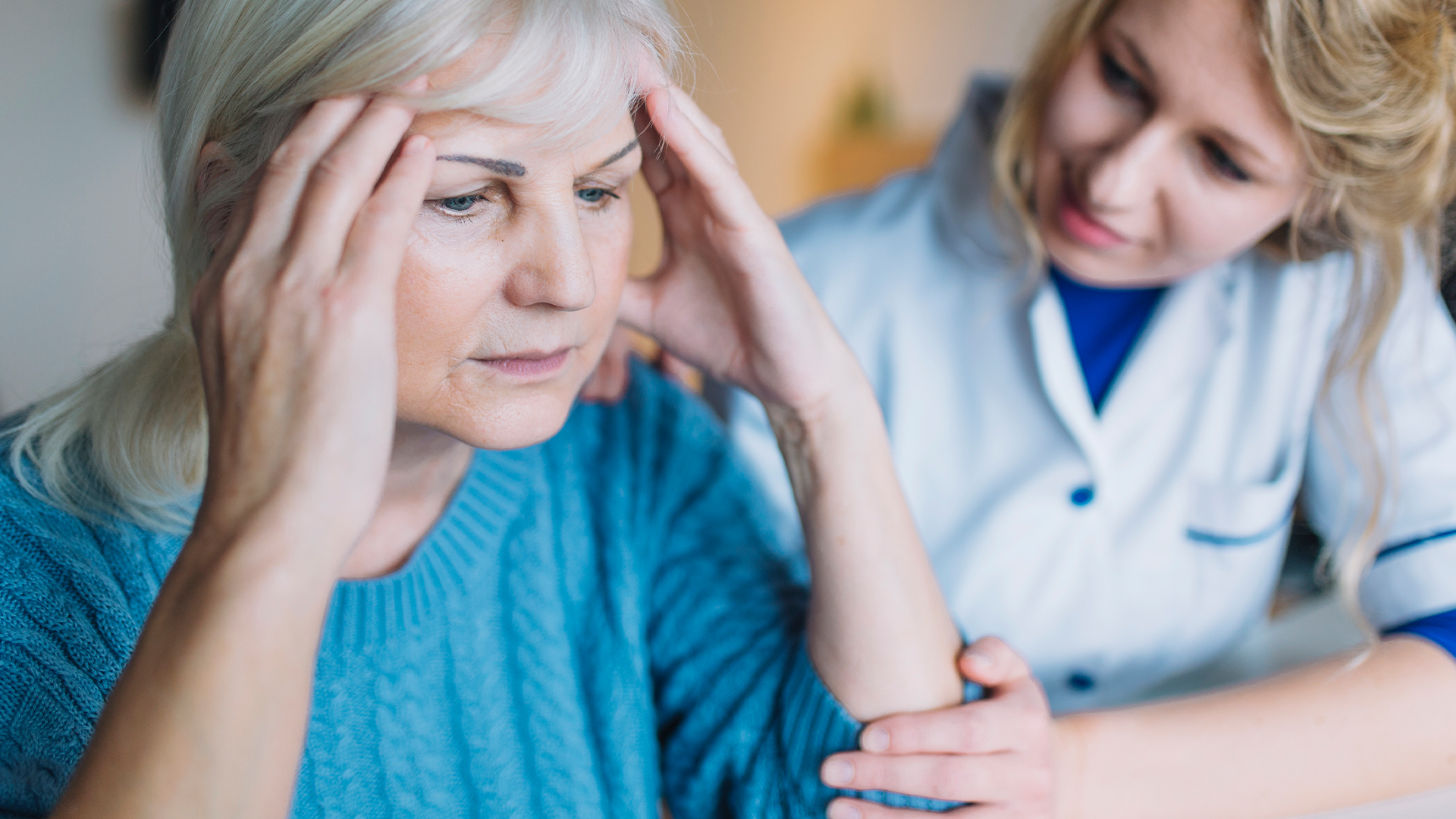Clinical Importance of Biokinetics through the Means of Physical Therapy
A stroke (ischemic or hemorrhagic) results in neurological deficits due to brain tissue damage. Physical therapy is crucial in stroke recovery to:
1. Restore Motor Function and Independence:
- Stroke often leads to hemiparesis, balance impairments, and functional limitations. PT facilitates neuroplasticity to regain movement and daily function.
2. Prevent Secondary Complications:
- Without early rehab, patients risk joint contractures, pressure sores, deconditioning, and deep vein thrombosis.
3. Improve Balance, Gait, and Quality of Life:
- Therapy addresses postural control, safe mobility, and reintegration into activities of daily living (ADLs).
Important Exercises and Their Purpose
Stroke rehabilitation must be individualized, task-oriented, and focused on functional re-training using principles of motor learning and neuroplasticity. Below are the clinically relevant rehabilitation phases:
Phase 1: Acute Phase
Focus: Prevent complications, initiate early mobilisation, and assess impairments.
Phase 2: Subacute Rehabilitation
Focus: Regain postural control, movement coordination, and safe transfers.
Phase 3: Functional Strengthening and Gait Re-education
Focus: Improve mobility, strengthen the affected side, and enhance coordination.
Phase 4: Advanced Rehabilitation & Community Reintegration
Focus: Enhance endurance, independence, and return to work/social roles.
Safe ROM and Motor Recovery Focus
Shoulder
Risk of subluxation, support the joint during movement, avoid aggressive overhead ROM early
Hand
Passive ROM and functional hand activities to prevent contractures
Lower limb
Facilitate hip and knee extension, reduce plantarflexor tone in the affected leg
Trunk
Early emphasis on midline awareness and rotational control
Clinical Considerations
- Spasticity and tone management: Use slow, rhythmic movement and avoid quick stretches.
- Neglect and inattention: Often present in right hemisphere strokes, use cueing, mirror therapy, and sensory stimulation.
- Aphasia or communication barriers: Work closely with speech therapists; simplify commands and use gestures.
- Cognitive impairment: Incorporate structured routines, simple repetition, and goal-directed tasks.
Summary
Stroke rehabilitation must be:
- Individualised and goal-directed
- Based on neuroplasticity principles
- Focused on functional independence and participation
The program should include task-specific training, balance and mobility work, tone and spasticity control, and education for caregivers and patients to support recovery and prevent complications.




